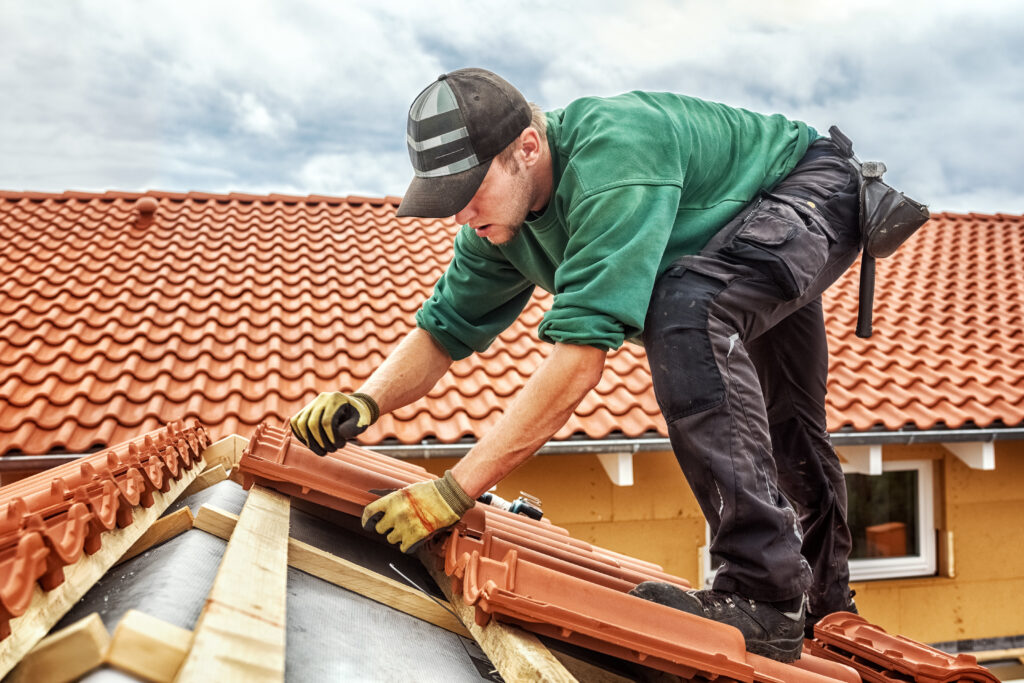Introduction: Roofing is often an overlooked aspect of home maintenance until a problem arises. However, Bucco’s Roofing is one of the most critical components of any structure, providing protection against the elements and ensuring the safety and comfort of those inside. In this comprehensive guide, we delve into the world of roofing, exploring its importance, common types, maintenance tips, and the key factors to consider when investing in a new roof.
The Importance of a Solid Roof:
The roof serves as a shield against various environmental factors, including rain, wind, snow, and sunlight. A well-maintained roof not only prevents water leaks and structural damage but also contributes to energy efficiency and indoor comfort. Additionally, a sturdy roof enhances the curb appeal and value of a property, making it a crucial investment for homeowners.
Exploring Roofing Materials:
Roofs come in a variety of materials, each with its own unique characteristics and benefits. Asphalt shingles are the most popular choice due to their affordability, durability, and ease of installation. Metal roofing offers longevity and resistance to fire and extreme weather, making it a preferred option for many homeowners. Other materials such as clay tiles, concrete tiles, and wood shakes provide distinct aesthetic appeal and insulation properties, catering to diverse architectural styles and preferences.
Understanding Roofing Systems:
Beyond the surface material, roofing systems encompass various components that work together to ensure optimal performance and longevity. These include underlayment, decking, flashing, vents, and insulation. A well-designed roofing system takes into account factors such as climate, ventilation requirements, and building codes to create a durable and efficient barrier against the elements.
Maintenance Matters:
Regular maintenance is essential for prolonging the lifespan of a roof and preventing costly repairs. Inspections should be conducted at least twice a year, preferably in the spring and fall, to identify any signs of damage or wear. Common maintenance tasks include clearing debris from gutters and roof surfaces, checking for loose or missing shingles, and inspecting flashing and seals for signs of deterioration. Prompt repairs should be carried out to address any issues before they escalate into major problems.
Signs It’s Time for a New Roof:
Despite proper maintenance, roofs have a finite lifespan and will eventually require replacement. Signs that indicate it’s time for a new roof include curling or missing shingles, granule loss, water stains on ceilings or walls, sagging areas, and frequent leaks. Additionally, roofs nearing the end of their lifespan may exhibit visible signs of aging, such as fading color or moss growth. Consulting with a professional roofing contractor can help determine the best course of action based on the condition of the existing roof and budget considerations.
Choosing the Right Contractor:
Selecting a reputable roofing contractor is crucial to ensuring a successful roofing project. Homeowners should research local contractors, check references, and verify licensing and insurance credentials. A trustworthy contractor will provide a detailed estimate, explain the scope of work and materials used, and offer warranties on labor and materials. Communication, transparency, and a commitment to quality workmanship are key factors to consider when choosing a roofing contractor.
Conclusion:
From protecting against the elements to enhancing curb appeal and property value, roofing plays a vital role in the integrity and aesthetics of a home. By understanding the importance of proper maintenance, investing in quality materials and craftsmanship, and choosing the right contractor, homeowners can enjoy a durable and reliable roof that provides peace of mind for years to come.










